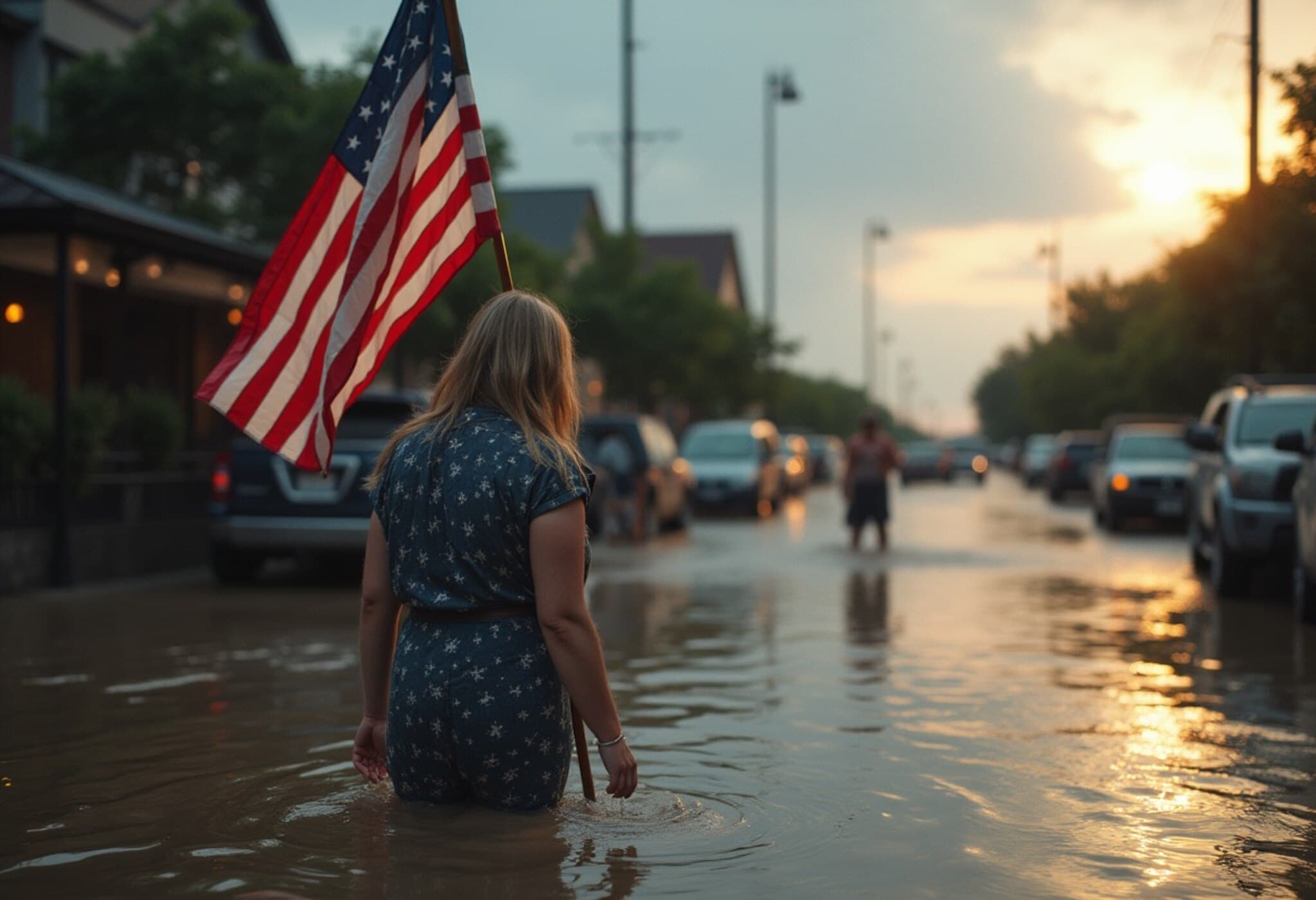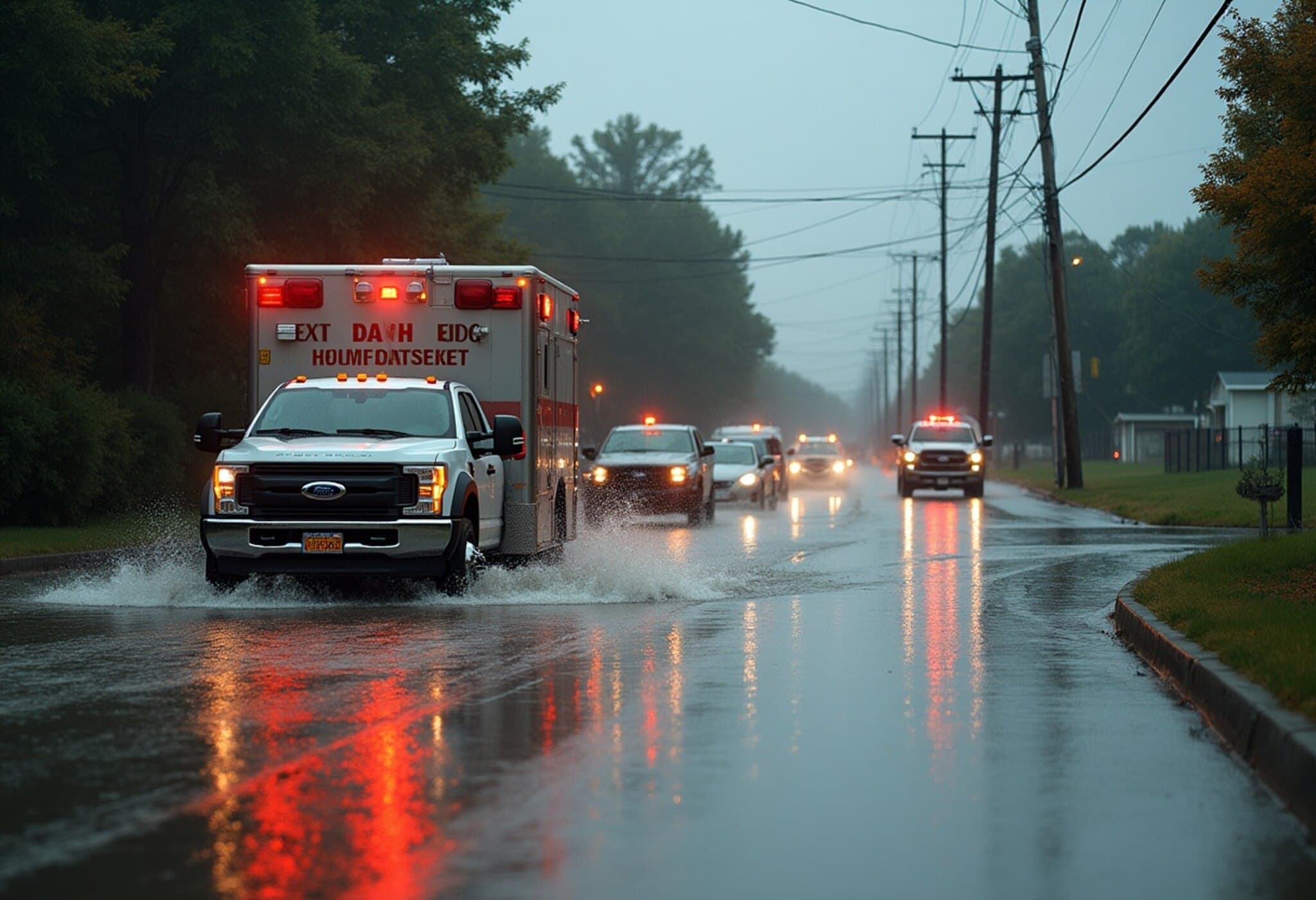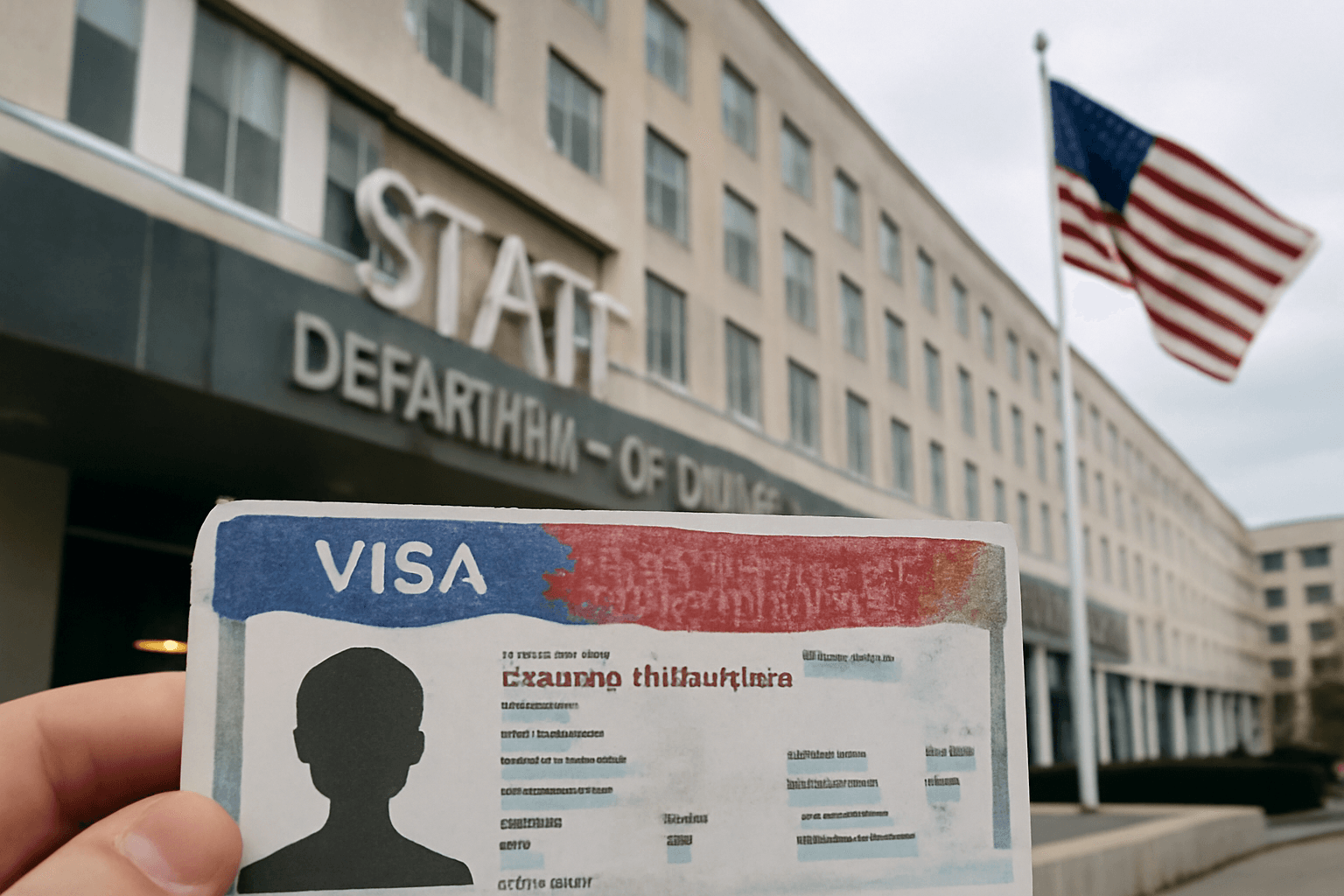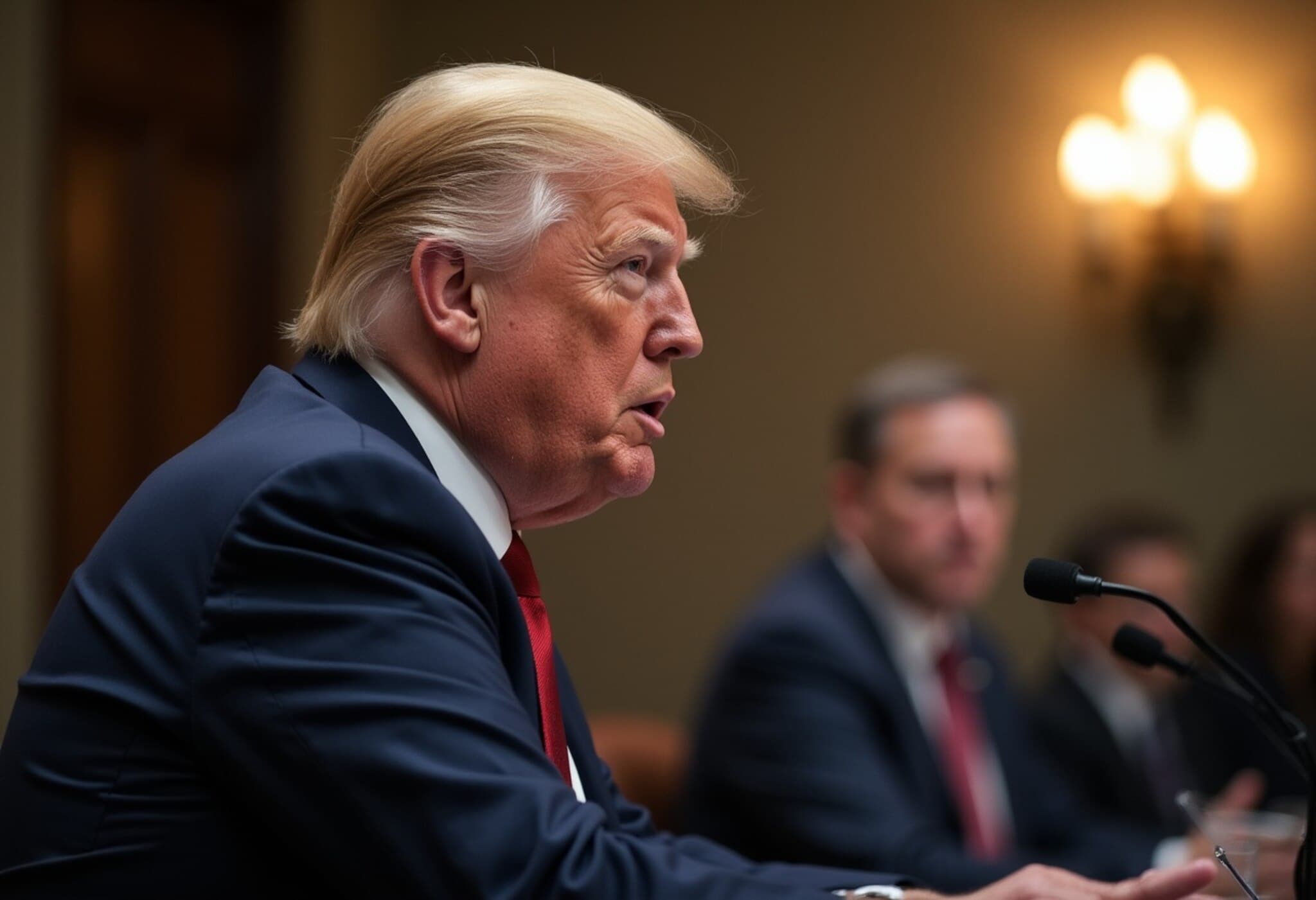Trump Visits Central Texas Amidst Deadly Flash Flood Aftermath
On Friday, July 11, 2025, President Donald Trump traveled to central Texas to assess the staggering destruction unleashed by flash floods that swept through the region during the early hours of Independence Day. The catastrophic flooding along the Guadalupe River has claimed at least 120 lives, marking it as the deadliest natural disaster since Trump assumed office nearly six months ago.
A Disaster of Historic Proportions
The flooding occurred when more than a foot of rain fell in under an hour on July 4, sending water levels of the Guadalupe River surging from roughly a foot to an unprecedented 34 feet. This sudden, violent rise turned the river into a destructive force, flooding homes, uprooting trees, and obliterating infrastructure across Kerr County—commonly known as "flash flood alley" due to its history of deadly floods.
Human Cost: Families and Communities in Mourning
The devastation is deeply personal and tragic. Among the victims are at least 36 children, many of whom were campers at Camp Mystic, a long-established all-girls Christian summer camp nestled on the riverbank. Survivors and families of the missing spoke emotionally with President Trump during his visit, highlighting the far-reaching impact on this tight-knit community.
Government Response Under Scrutiny
Despite a massive search effort involving thousands of first responders combing through debris-strewn landscapes, officials acknowledge that the likelihood of finding additional survivors dims daily. Questions have surfaced concerning the adequacy of early warnings and government preparedness. Kerr County’s decision years ago not to invest in an early-warning system—due to lack of state funding—has drawn sharp criticism in the wake of this disaster. President Trump indicated his openness to new measures, stating, "After having seen this horrible event, I would imagine you'd put alarms up in some form."
Federal Oversight and Political Implications
- President Trump has described the flood as a "once-in-every-200-year event," underscoring the unprecedented nature of the disaster.
- Meanwhile, US Senate Minority Leader Chuck Schumer requested an investigation into whether budget cuts to the National Weather Service (NWS) impaired its ability to deliver timely forecasts and warnings.
- The NWS defended its response, citing additional staffing during the holiday weekend and rigorous forecasting efforts.
- Amidst this tragedy, Trump has remained noncommittal on FEMA’s future—an agency integral to national disaster response—leaving open questions about the federal government's evolving role in emergency management.
Looking Ahead: Legislative and Community Action
The Texas legislature is set to convene a special session later this month aimed at investigating the flooding’s causes and appropriating disaster relief funds to hardest-hit communities. These proceedings will be crucial in holding decision-makers accountable and ensuring future preparedness.
For a region situated in a notorious flood zone, this calamity underscores the urgent need for modernized infrastructure, improved early-warning systems, and coordinated disaster planning spanning local, state, and federal agencies.
Expert Perspective: Bridging Disaster Preparedness and Policy
From a policy analyst’s standpoint, the Texas floods highlight gaps at the intersection of climate resilience and governance. Rapid urban development in flood-prone zones without commensurate investment in warning technologies amplifies risks. Furthermore, the fragmented responsibilities between FEMA, state governments, and local jurisdictions raise concerns about the coherence and speed of disaster responses.
As extreme weather events become more frequent due to climate change, it is essential that policymakers prioritize funding for predictive technologies, strengthen community-based emergency protocols, and clarify FEMA’s role rather than diminishing it. Failure to do so could impose even heavier human and economic tolls in future catastrophes.
Editor’s Note
The July 4 Texas floods serve as a tragic reminder of nature’s unpredictability and the critical importance of preparedness. While President Trump’s visit offers solidarity, it also invites deeper inquiry into disaster policy and investment in early-warning infrastructure. Will lessons from Kerr County shape broader national reforms, or will this devastating event fade into history without systemic change? The outcomes have profound implications for all Americans living in vulnerable regions.



















